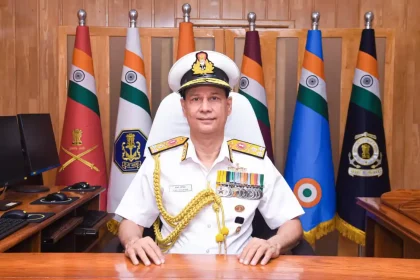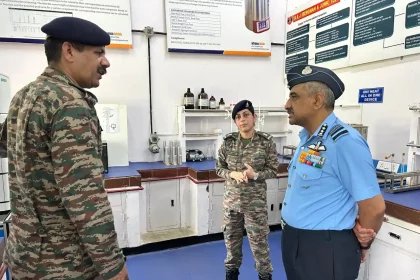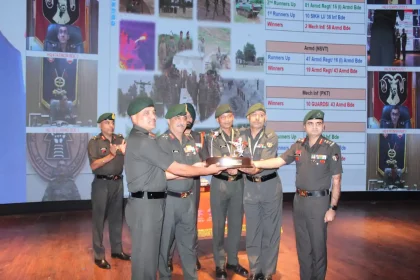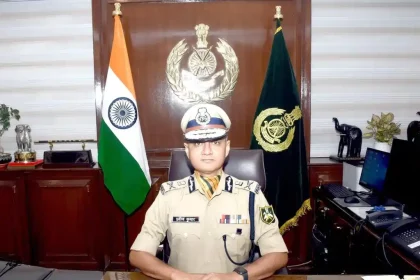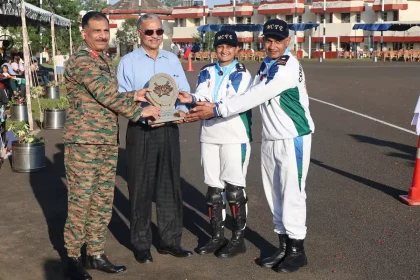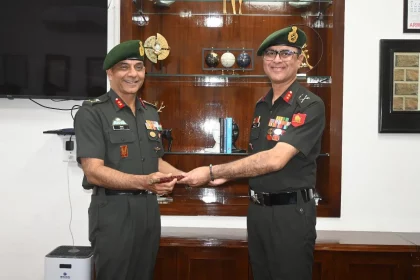Vice Admiral Ajay Kochhar Assumes Command of Andaman & Nicobar Command as 19th Commander-in-Chief
His leadership at the Andaman & Nicobar Command is expected to further bolster India’s strategic presence in the Indian Ocean…
Military College of Materials Management Marks 100 Years of Excellence in Defence Logistics
To commemorate the historic milestone, Air Marshal Dixit released a First Day Cover marking the centenary and commended the unwavering…
Kharga Corps Organise First-of-its-Kind Drone Engagement Competition to Strengthen Hard-Kill Capabilities
This pioneering initiative by the Kharga Warriors marks a significant step in the Indian Army’s ongoing transformation journey.
Praveen Kumar IPS Assumes Charge as Director General of Indo-Tibetan Border Police Force
As the new Director General of ITBP, Praveen Kumar is set to lead the force known as the “Himveers” into…
Military College of Telecommunication Engineering Celebrates 79th Raising Day with Pride and Tradition
As MCTE enters its 80th year, the institution continues to stand as a centre of excellence in military communication and…
Maj Gen Vishal Chaudhary Assumes Command of Base Hospital Delhi Cantt
With his vast experience and expertise, Maj Gen Chaudhary is poised to further strengthen Base Hospital Delhi Cantt’s legacy of…

